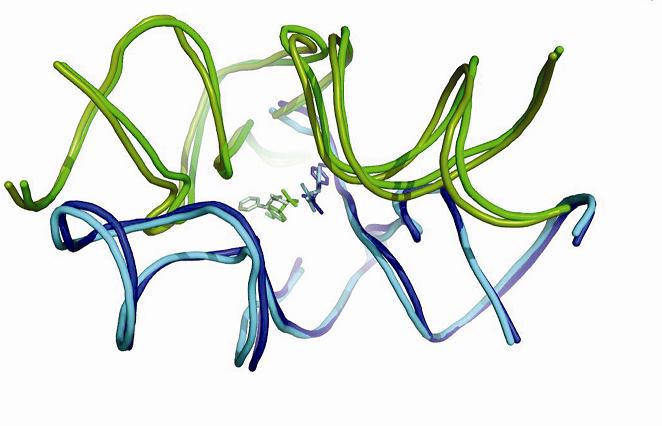This is how Dr. Ilana Agmon, who worked with Prof. Ada Yonat, explains the nature of the proto-ribosome, which is today part of the general structure of the ribosomes of all animals, in light of questions that arose following the article that reviewed Prof. Yonat's lecture about two weeks ago at the Technion

Two weeks ago we published the article "Prof. Ada Yonat: Survival of the fittest and natural selection played an important role in the prebiotic world"In which a review of a lecture given by Prof. Yonat at the Technion was brought up, a discussion developed between Dr. Ilana Agmon and the difficulty of clarifying that the proposed proto-ribosome is a chemical object after all, and this is due to the misunderstanding that many of the respondents discovered who wondered who created the ancient ribosome.
The following are the words of Dr. Agmon, currently at the Institute for Advanced Research in Theoretical Chemistry at the Shulich Faculty of Chemistry, the Technion and the Fritz-Haber Institute for Molecular Dynamics at the Hebrew University:
"The contemporary ribosome is a huge molecular machine (in biological terms), sophisticated and multi-functional that translates the information found in genes into proteins. The amino acids bind to each other in the active site of the large unit of the ribosome, to form a peptide chain that later folds into a protein. The active site sits in the heart of a symmetrical region found in the ribosome, a region that can be a remnant of the pre-ribosome (the proto-ribosome) and therefore allows us to describe an evolutionary scenario from the prebiotic world (before life as we know it) to life today." Agmon writes.
"It is important to note that the proposed protoribosome is a system of two chemical molecules (a dimer) that could be formed spontaneously from RNA chains of several dozen units, since this system is more stable than its components energetically (in other words - the creation of the proposed protoribosome involves a decrease in free energy ). This simple system could make it easier for the protein components, namely the amino acids, to bond together effectively. This action of providing assistance to the process without actively participating in it is called catalysis and is common in a variety of chemical reactions (for example, a catalytic converter, which reduces the emission of pollutants from car exhausts, uses catalysts (catalysts)). In other words, the proposed proto-ribosome was a dimer of normal molecules for everything, which served as a catalyst for the creation of chains of random amino acids, but not those aimed at a specific function. These initial peptide chains could in principle fold like a protein, but the probability that such a random protein would be functional is small."
"Between the creation of such random proteins in the ancient era by the proto-ribosome, and the creation of today's functional proteins by the ribosome, a decisive step separates and is the insertion of the information. The proteins in the ribosome are produced according to a code (which is a copy of the information stored in the DNA) that determines which amino acids will be included in the protein and in what order they will be chained, and in this way the active proteins are formed."
"In life, as we know it, a sequence of nucleic acids (DNA, RNA) is translated into a sequence of amino acids (proteins), but the reverse process that translates a sequence of amino acids into a sequence of the corresponding nucleic acids is unknown. That is, even if the proto-ribosome resulted in the random creation of primitive proteins with a certain functional capacity, it is not clear whether and how the information about the sequence of these ancient proteins could be immortalized within the genetic information, so that it could be inherited from generation to generation and even undergo evolution. In other words, in the description of the evolutionary sequence from the primordial proto-ribosome to today's life, a central link is still missing, without which the riddle of the formation of life will not be solved, and that is understanding the source of information according to which the functional proteins are formed."
"The history of science teaches us that many of the mysteries of the past, even those that were considered unsolvable at the principle level, were eventually deciphered. In light of this, it can be assumed that the transition from the creation of random proteins to the creation of coded proteins will also be deciphered and will make it possible to describe a continuous process from the ancient world to today's life."

2 תגובות
Actually, according to what I read in the pdf file, it is something around 2 domains of 70 nucleotides each. The space of combinations is 140^4.
Does anyone know the length of the "proto-ribosome"? It would be interesting to calculate its chance of being formed....